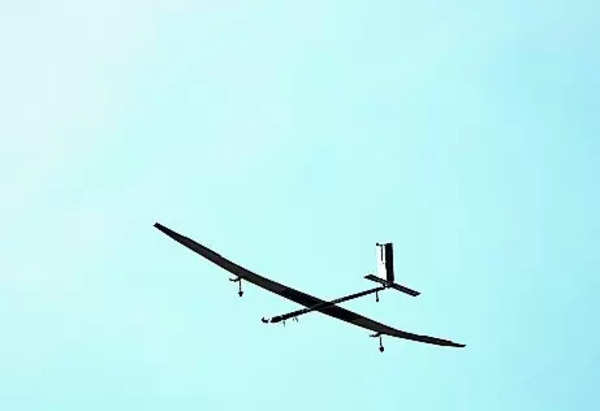L Venkatakrishnan, chief scientist and programme director (high-altitude platform) at NAL, told TOI: “HAPS is similar to drones but is designed to hover in the stratosphere above the airspace used by commercial airplanes.This platform, which can be powered by solar cells and batteries, can be operated for up to 90 days while regular high-altitude long-endurance (HALE) drones operate for about 48 hours at best.”
He said HAPS platforms are of interest to military operators for intelligence, surveillance roles. They can also be used for civilian roles by acting as telecommunication satellites mainly in case of environmental disasters.

“Compared to satellites, HAPS, which operates in the stratosphere, offers lower latency and less path loss,” Venkatakrishnan said. It can also be deployed comparatively rapidly at a lower cost. It can connect to multiple ground stations simultaneously.
“The HAPS we tested in Challakere is a prototype. It’s a scaled-down 5-metre-long system with 12-metre wingspan, weighing 23kg. By 2027, we’re confident of building a full-scale version that could have a wingspan of under 30m and weigh more than 100kg but less than 150kg. It will be able to carry payloads weighing 15kg and have multiple uses,” Venkatakrishnan explained.
During the trials, the prototype rose to an altitude of 2.7km and remained airborne for 8.5 hours. It met all targeted performance metrics, as per the scientists associated with the project.
This is part of a series of planned tests by CSIR-NAL to develop a full-scale 30-metre-wingspan HAPS by 2027 that can fly at 23km altitude for at least 90 days.
Pointing out that HAPS requires significant engineering expertise to fly unmanned for days using solar-powered batteries instead of jet fuel and withstand atmospheric turbulence despite being a lightweight structure, Venkatakrishnan said tests of the battery management system and the propeller for the full-scale version will be completed by Sept 2024.
“The realisation of the full-scale airframe is aims to achieve by 2027. As of now, the only functional HAPS in the world is the Airbus Zephyr, which means we aren’t really far off so far as the technology goes,” he added.